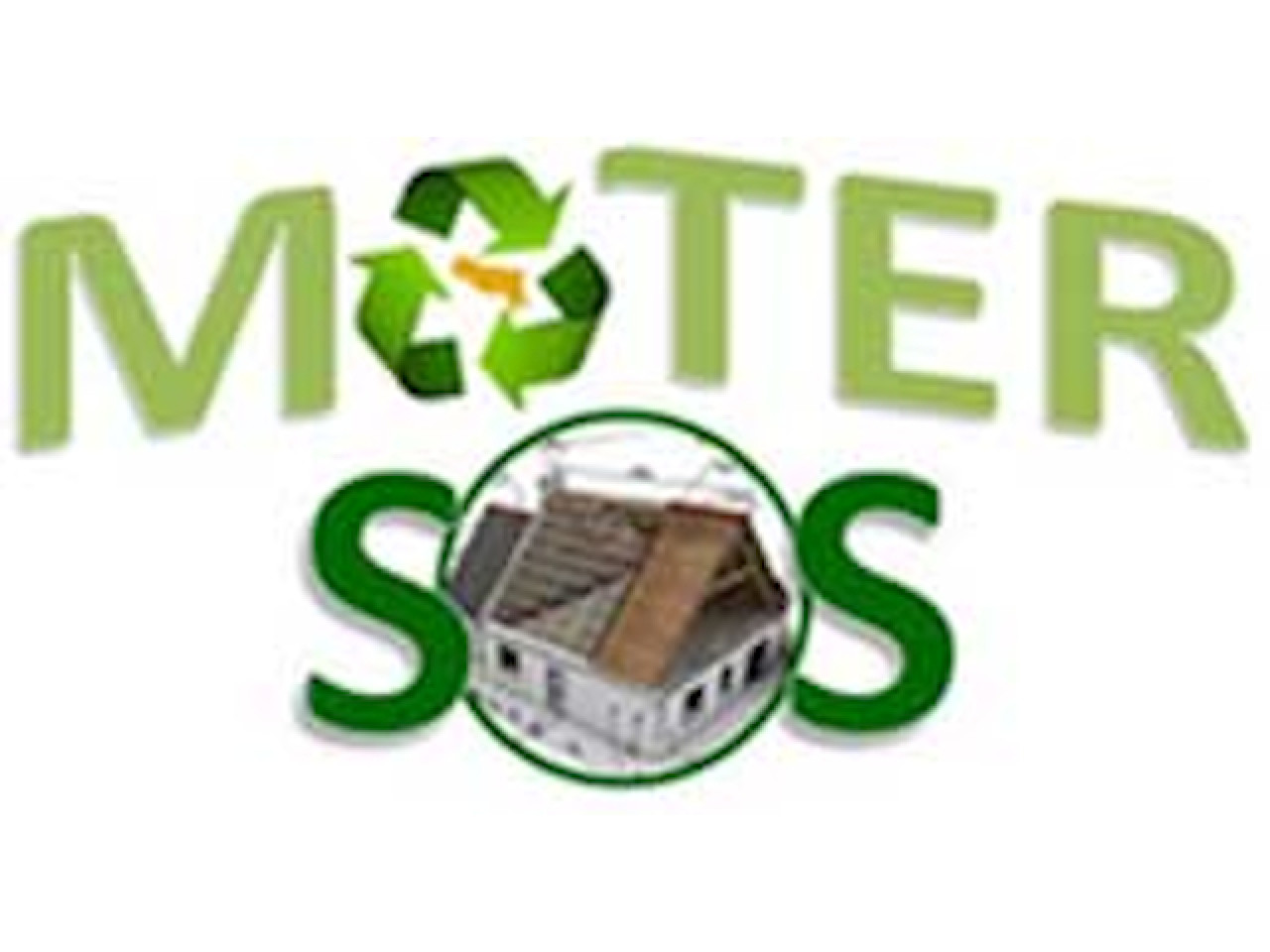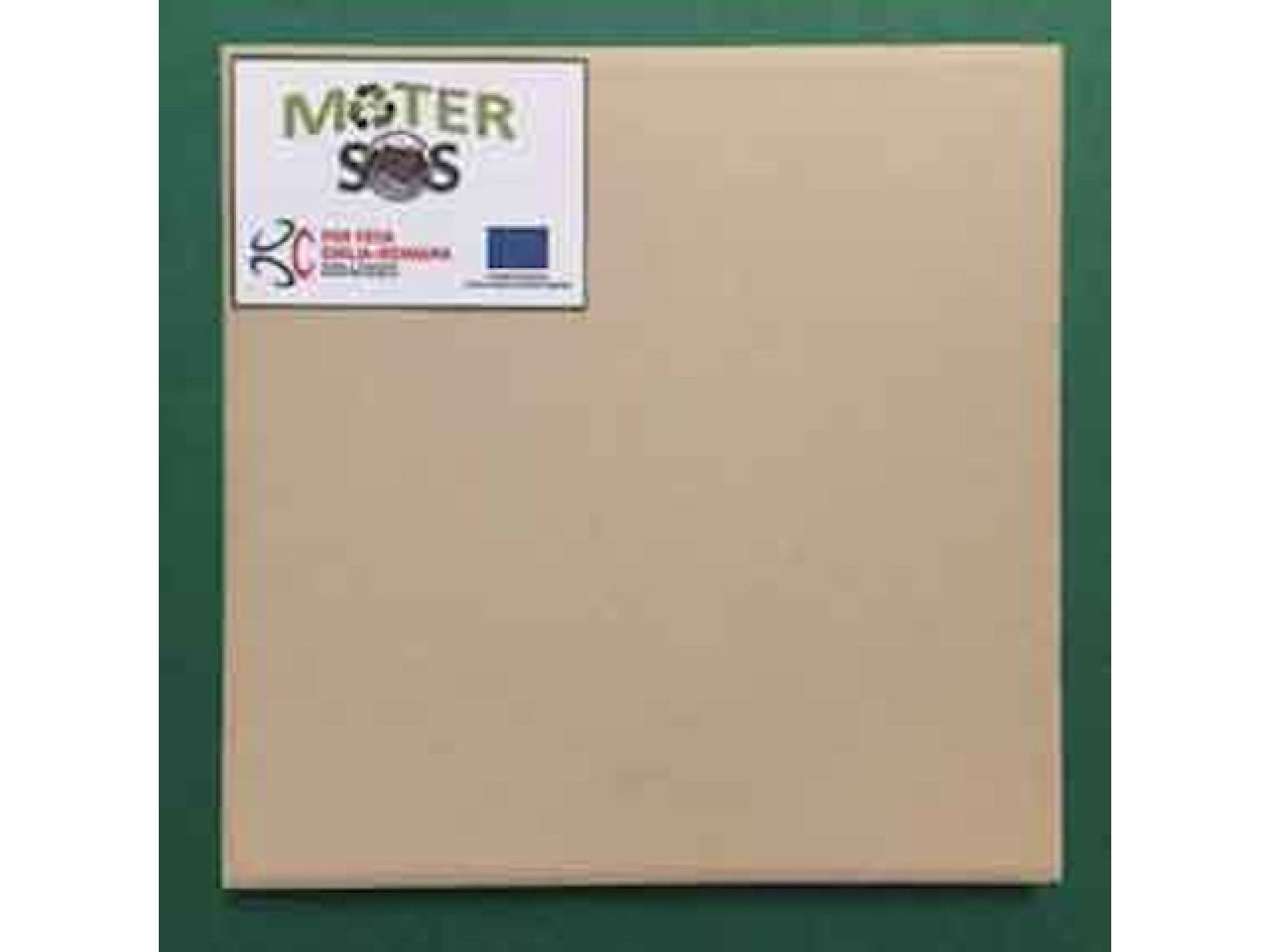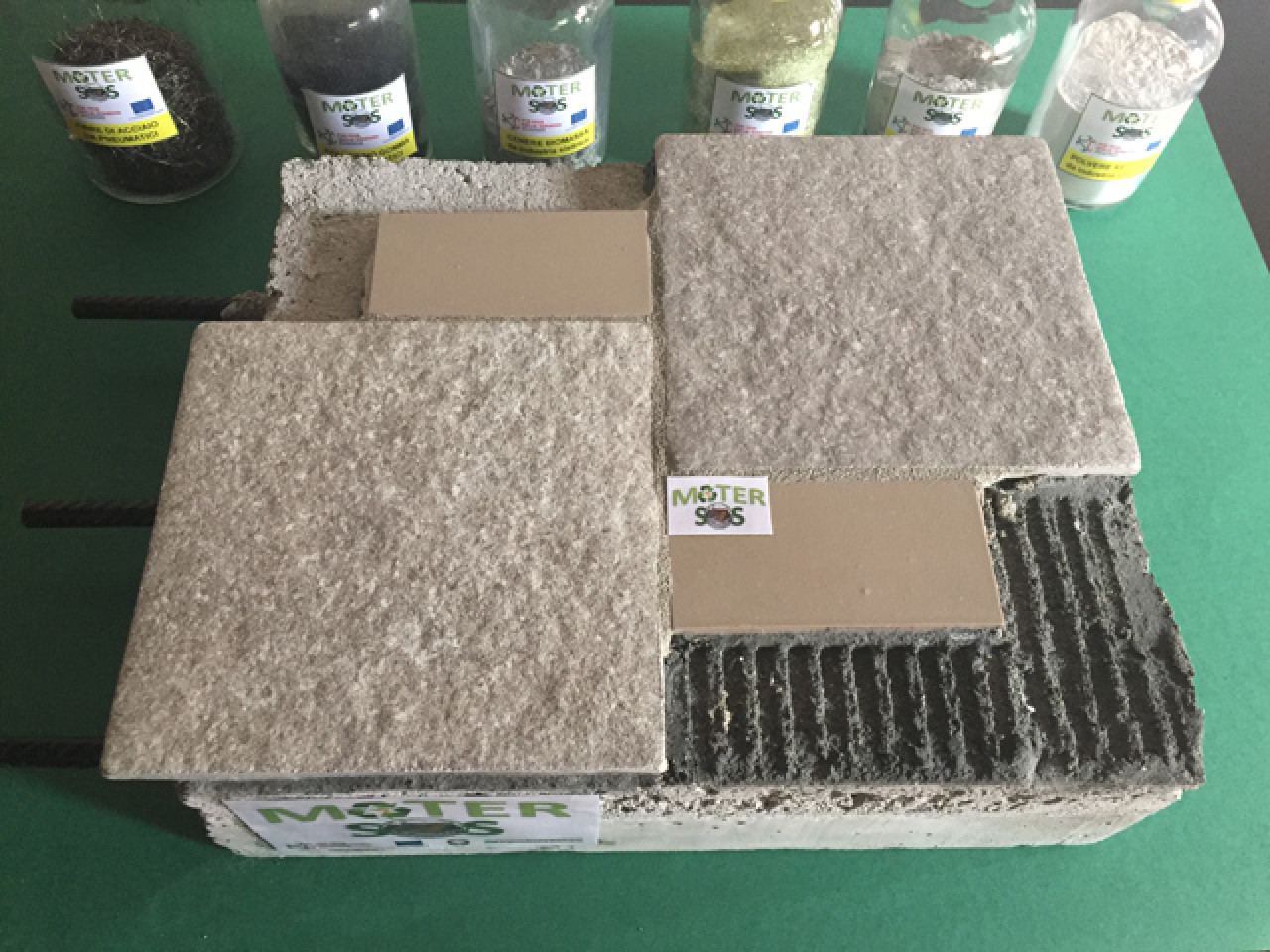MATER_SOS are sustainable building materials with low environmental impact to be used throughout the entire supply chain. They have been obtained by innovating formulations of traditional building materials, achieving important results with regard to (i) lowering of energy consumption of the production process of construction materials and (ii) recycling of waste materials (in percentages even higher than 60%, with consequent savings in raw materials from non-renewable sources). "Prototype construction packages" were made of normal or fiber-reinforced concrete, self-compacting and high / very high strength, containing more than 60% of waste; lightweight mortars and screeds and adhesives for geopolymer tiles with high recycled content; porcelain stoneware tiles containing scraps up to 80%. All the materials produced showed technical performances comparable with those of traditional materials.
 Logo of MATER_SOS project
Logo of MATER_SOS project
The innovative aspects concern the lower environmental impact of these products due not only to the recovery of waste and therefore to the saving of natural resources, but also to the lowering of energy consumption in the production process. The materials produced are a tangible proof that the circular economy is not just a theoretical principle and, in the construction sector, can represent an excellent opportunity.
Sustainable building materials can be industrially developed according to traditional processes already known to the construction industry. In fact, these are materials (concretes, mortars, adhesives, tiles) with a low environmental impact to be used throughout the entire production chain, obtained through the innovation of formulations and / or production processes of traditional building materials.
 Ceramic tile prototype 10x10 cm
Ceramic tile prototype 10x10 cm
Prototype construction package: integration of sustainable building materials with high content of recycled material and high technical performance: fiber-reinforced concrete with recycling aggregates, lightweight screed containing recycled aggregates, geopolymer adhesive and ceramic tiles with high recycle content.
Thanks to the collaboration of all the partners involved, a multi-layered floor system prototype was developed. It consists of: - a layer of concrete slab containing grinding waste of porcelain stoneware to replace a part of the cement and demolition aggregates (coarse fraction), for a total weight of recycled material of about 25%. The average cubic compressive strength of concrete is about 45 MPa; - aerated mortar containing 77% of waste materials that is compliant with the harmonized standards for application as thermal plaster and for restoration; - geopolymer tile adhesive containing 25% recycled material with performances comparable to those of a traditional cement adhesive; - ceramic tiles (10x5 cm and 15x15 cm) containing 80-85% of waste material. All these building materials have been developed with the aim to favor the technology transfer. Therefore their production process is not different from the traditional one, differing only in the use of waste in substitution of natural raw materials.
Research centers: Centro Ceramico, CIRI-EC, CNR-ISTEC, CertiMaC, RICOS. Companies: Marazzi Group Srl, CONCAVE Soc. Coop., Fili&Forme Srl.
In the frame of the industrialization of realized prototypes, there are no technical obstacles. The companies involved have shown that an effective industrialization of products with a high content of recycled material is possible and achievable, contributing not only to reduce the use of natural resources (raw materials and energy) but also the industrial costs.
 Prototype constructive package
Prototype constructive package

